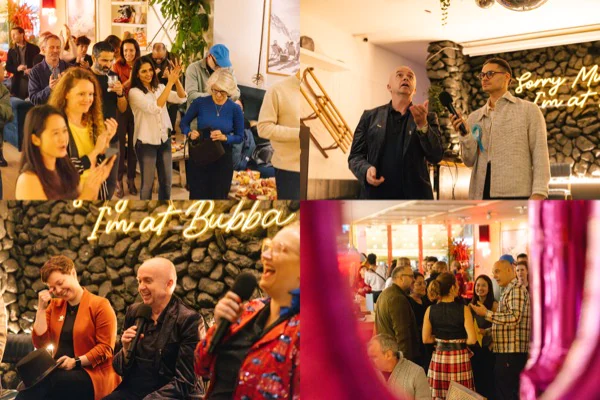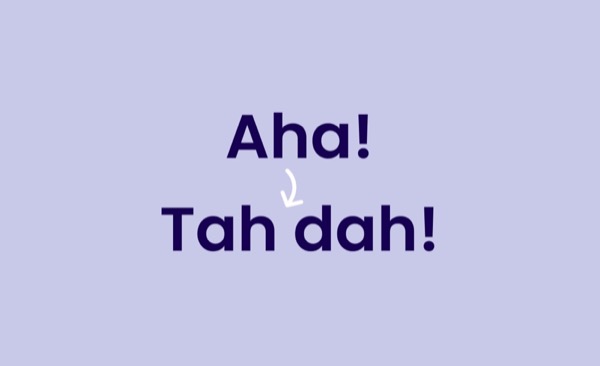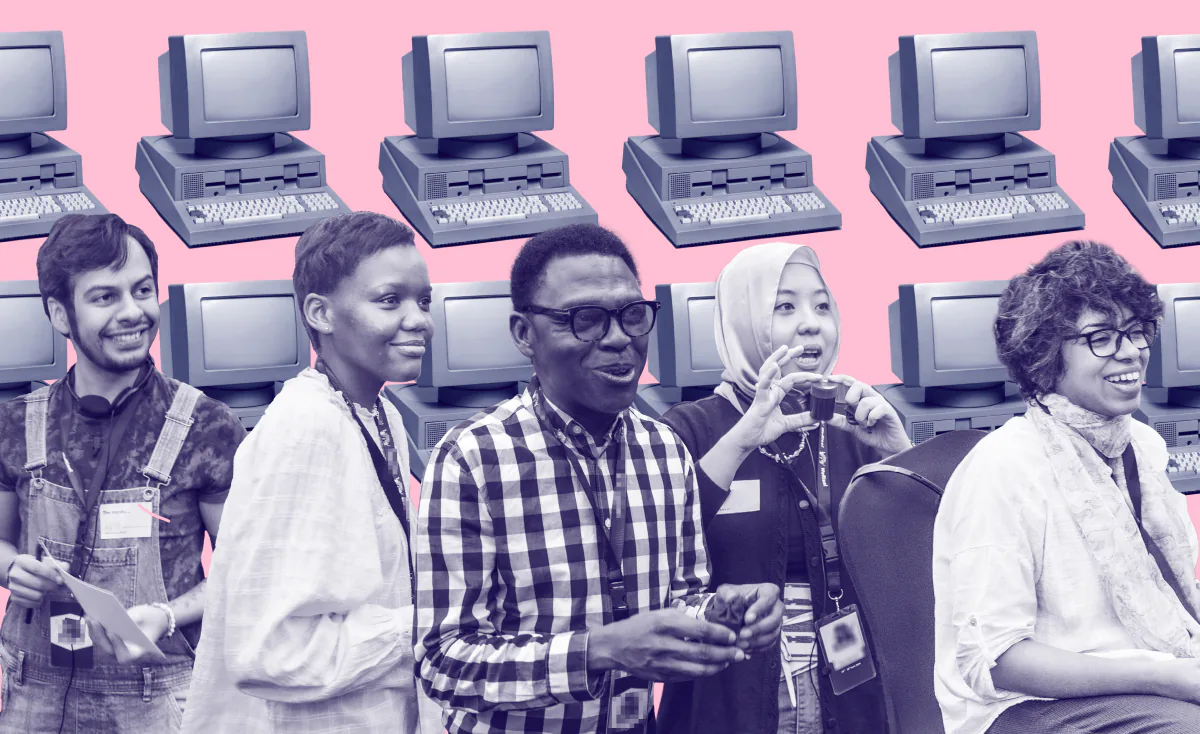From Hype to Human Impact: Reflections from Learning Conference 2025

Our very own Jenny Theolin was on the ground at Learning Conference 2025 on September 17–18 together with Emilia Åström from Howspace. Alongside Rubens, they later co-hosted a post-conference reflection session on September 24th — a chance to pause, sift through the noise, and make sense of two days brimming with ideas, keynotes, and workshops.
Because here’s the truth: after big conferences, our brains face overload. Too much information, too little meaning, and the urge to act before insights really sink in. This session gave participants space to slow down, reflect collectively, and discover what was worth carrying forward.
Here are the themes and insights we shared from the conference — what we heard, why it matters, and our wonder lens for the future of learning.
Learning as a National Growth Engine

What We Heard
Karl Eklund’s panel painted a sobering picture: Europe’s productivity is slowing, Sweden risks falling behind due to weak education, low tech investment, and demographic shifts.
Why It Matters
If we only treat learning as a cost, we’ll miss one of the most powerful levers for resilience and competitiveness.
Our Wonder Lens
What if lifelong learning became Sweden’s greatest natural resource? Not locked away in classrooms, but flowing like wind or water through workplaces and communities.
Curiosity as the Ultimate Catalyst
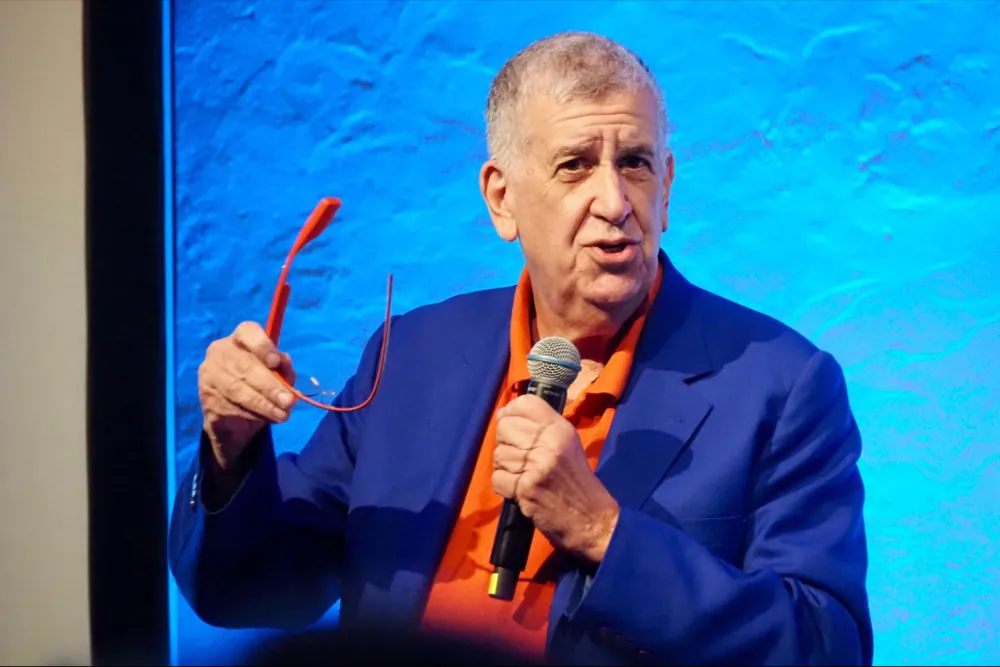
What We Heard
Elliot Masie reminded us that curiosity isn’t a nice-to-have — it’s the spark that makes learning meaningful. Without it, learning becomes compliance.
Why It Matters
When curiosity is ignored, engagement and growth vanish. When it’s nurtured, learning transforms into experimentation and performance.
Our Wonder Lens
What if organisations measured curiosity as carefully as profit? Imagine workplaces where questions mattered as much as answers.
The Plastic Brain, The Human Limit
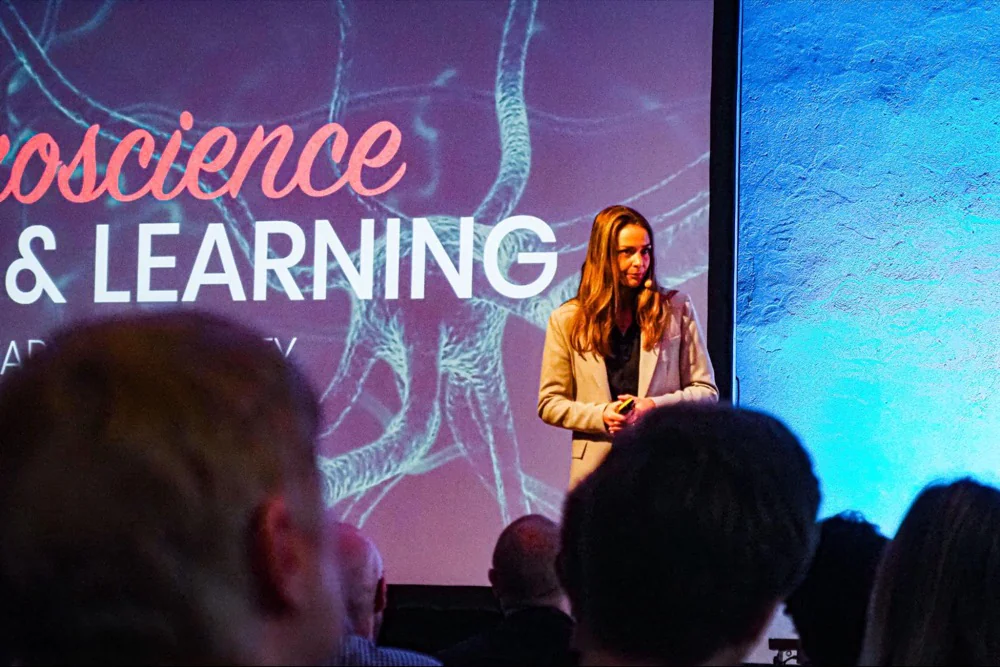
What We Heard
Neuroscientist Katelijn Nijsmans showed us that while our brains can learn at any age, neuroplasticity is not limitless. Real change requires relevance, repetition, and safety. Leaders must design environments that support motivation, habits, and recovery – not just assume people can endlessly rewire.
Why It Matters
Learning leaders must design not just for content, but for habits, motivation, and recovery.
Our Wonder Lens
What if learning was always designed with relevance, curiosity, and environment in mind?
From AI Hype to Human Impact

What We Heard
Speakers across the AI sessions reminded us that AI’s true value isn’t in replacing us, but in amplifying us. The danger lies not just in AI hallucinations, but in our own overconfidence. The opportunity is in experimenting, failing, and learning alongside the tools.
Why It Matters
AI won’t replace the fundamentals of learning. It can amplify them — if approached with humility, not hero worship.
Our Wonder Lens
What if we stopped asking “Will AI replace us?” and started asking “How can AI make us more human?”
Humans as the Weakest Link — and Strongest Shield
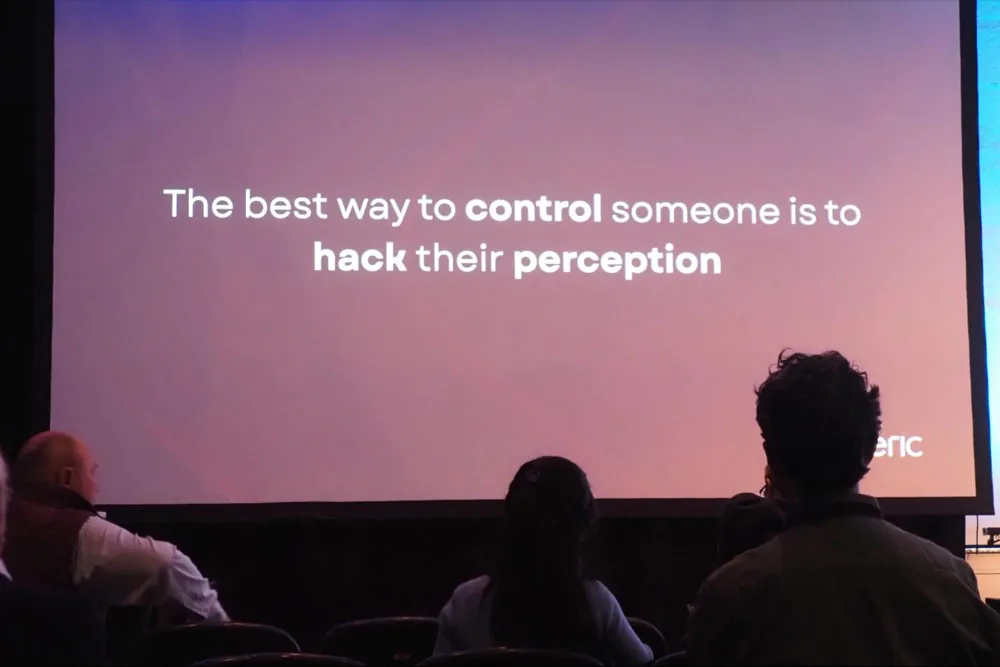
What We Heard
Hacker and Entrepreneur Wilma Emanuelsson stressed that in cybersecurity, people are both the biggest vulnerability and the strongest defence. Manipulation and fear outpace technical hacks. The best shield is a workforce trained to question more, not just click less. Biggest skill to learn: Critical Thinking.
Why It Matters
The best shield is a workforce trained to question more, not just click less.
Our Wonder Lens
What if critical thinking was taught like literacy? Imagine everyone equipped with Wilma’s field test:
- Who is the source?
- What’s the evidence?
- What emotion is this triggering in me?
- What would prove this false?
- Who benefits if I believe it?
Maturity Is a Ladder, Not a Platform

What We Heard
David James, Chief Learning Officer at 360Learning, described how most L&D teams stay reactive or stuck at the platform level. The maturity ladder shows the path: from firefighting, to alignment, to transformative — embedding learning into work and anticipating future capability needs.
Why It Matters
Unless L&D leaders climb the ladder, they’ll remain reactive. True impact comes when learning is embedded into business goals and future capability.
Our Wonder Lens
What if teams were known not for the courses they catalogued, but for the skills and capabilities they built — the ones that move organisations forward?
AI Is Not a Subject to Learn

What We Heard
Elliot Masie and Hedvig Mossvall (Associate Director L&D, Spotify) explained that AI isn’t a subject or a certification. Like the internet once was, it’s a toolset we learn by using. Its value emerges through exploration, experimentation, and solving real problems in context.
Why It Matters
When framed as a course to “complete,” AI risks becoming overwhelming or static — slowing down adoption instead of encouraging curiosity and practice.
Our Wonder Lens
What if we treated AI not as a course to finish, but as a space to explore and practice — unlocking its potential through experimenting, not certifying?
The Power of Breaks, Wonder, and Failure

What We Heard
The conference itself was packed — too little space to pause. Yet neuroscience reminds us learning sticks in pauses, reflection, wonder, and even failure.
Why It Matters
Without white space, creativity and deep understanding can’t take root.
Our Wonder Lens
What if every program had built-in space for learning to breathe? Fewer sessions, deeper ones. Less overload, more integration.
Collaborative Learning

What We Heard
In the age of AI, no one can keep up alone. The most meaningful learning happens when people learn together — sharing, teaching, experimenting side by side.
Why It Matters
Collaboration turns the pace of change from a threat into an opportunity.
Our Wonder Lens
What if every initiative was designed to spark collaboration? Learning not as content delivery, but as community-building.
What Can the Learning Conference Learn for Next Year?
What We Heard
Two days bursting with brilliant voices and important insights — but also a sense of overload. Breaks were filled with Hall of Fame presentations, leaving little time for rest, reflection, or deeper conversations.
Why It Matters
Neuroscience and many of the speakers themselves reminded us that deep learning doesn’t come from nonstop input. It emerges in pauses, in reflection, in wonder, and even in failure.
Our Wonder Lens
What if the Learning Conference became a living example of its own insights?
- Fewer sessions, but deeper ones.
- White space intentionally designed for reflection, curiosity, and conversation.
- Collaborative moments woven into every agenda, not left for the hallway.
- Critical thinking built into the format — not just the content.
In 2026, the Learning Conference could shift from being a showcase of ideas to being a designed learning experience itself. That would make the event not just about the future of learning, but an embodiment of it.
At Abracademy, we believe learning is most powerful when it sparks wonder, curiosity, and connection. That’s where the real magic happens.
👉 Follow us on LinkedIn for more inspiration, or listen to our podcast on Spotify.
Curious?
Let’s talk
Have a project or collaboration in mind? Schedule a 20 minute discovery call with our experts and we can discuss your goals and how to help you get there.


